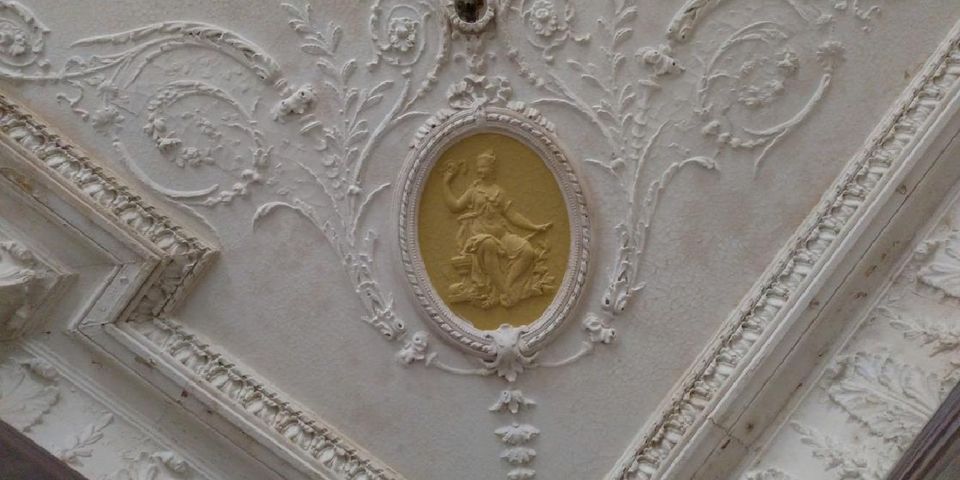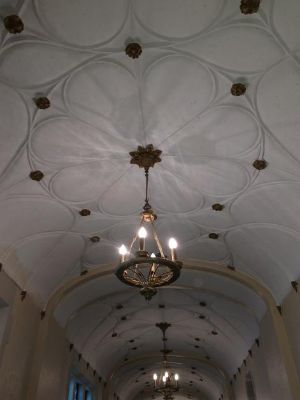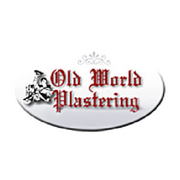
Whether it's excessive amounts of condensation or roof leaks, water can cause plastered surfaces to deteriorate. The material is typically a combination of lime, gypsum, water, and sand that is applied to walls, ceilings, and ornate fixtures that hardens after a certain drying period. Saving these areas and items from moisture intrusion starts with identifying signs of the unwanted condition. Here are several common ones to be on the lookout for in your home or business.
How to Spot Plaster Moisture Intrusion
1. Paint Flaking
When water makes frequent contact with plaster, any paint applications will start to peel and flake. Moisture intrusion can also cause air bubbles to form, which may also burst and flake. If you notice these impairments, touch the plaster to feel for signs of dampness or softness. These tactile changes could be signs that water exposure is present and needs professional restoration.
2. Discoloration

Yellow or brown stains on plaster walls and ceiling are other telltale signs of moisture intrusion. The discoloration is typically found in older homes that have more openings for water to infiltrate. Look around ceiling corners, window frames, entryways, and backyard doors for any unusual coloring. Moisture can also alter the way fabric and wallpaper look on plaster surfaces.
3. Efflorescence
Salt deposits known as efflorescence can also emerge if moisture is present on plaster. The green or white crystallized matter is likely concealing a bigger water leak problem somewhere on the property. If you notice the accumulation on ornamental structures, and on interior or exterior walls, a professional restoration technician will be needed to assess the extent of the damage and determine the proper mitigation solutions.
4. Mold
By far, one of the clear signs that moisture intrusion is present is mold and mildew. Frequent dampness and water leaks create the right condition for spores to form and spread on plaster. Mold can be found in basements, bathrooms, kitchens, and any location where water can penetrate through fissures. It's important to identify the source of the bacterial growth and remove it completely so that plaster surfaces can be safely and completely restored.
Knowing the early signs of moisture intrusion helps get a jump-start on protecting plaster or ceilings, walls, and ornamental structures. Old World Plastering in Cincinnati, OH, is the region's trusted specialist. The licensed and insured plastering contractor has earned a stellar reputation for complete and long-term restoration. Owner Greg Colina and his team have extensive experience with reviving a wide range of damaged surfaces using a combination of state-of-the-art techniques and equipment and traditional and meticulous care methods. To learn more and see samples of their beautiful work, visit the website. You can also call (513) 481-1122 to schedule an on-site appointment.
About the Business
Have a question? Ask the experts!
Send your question

